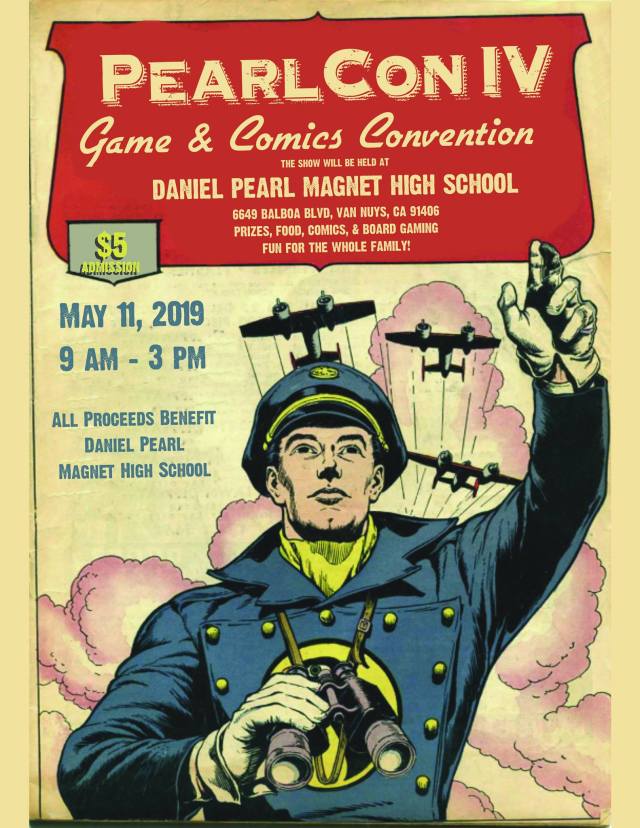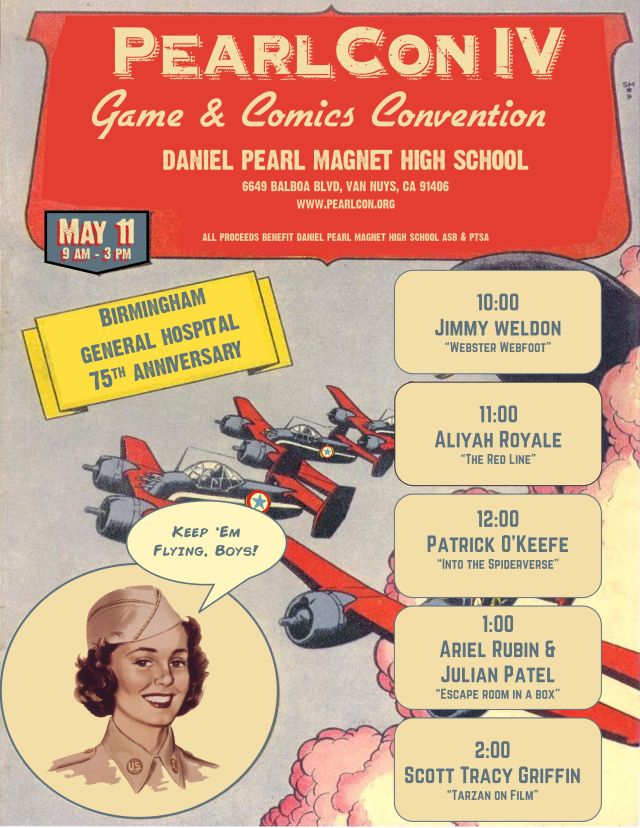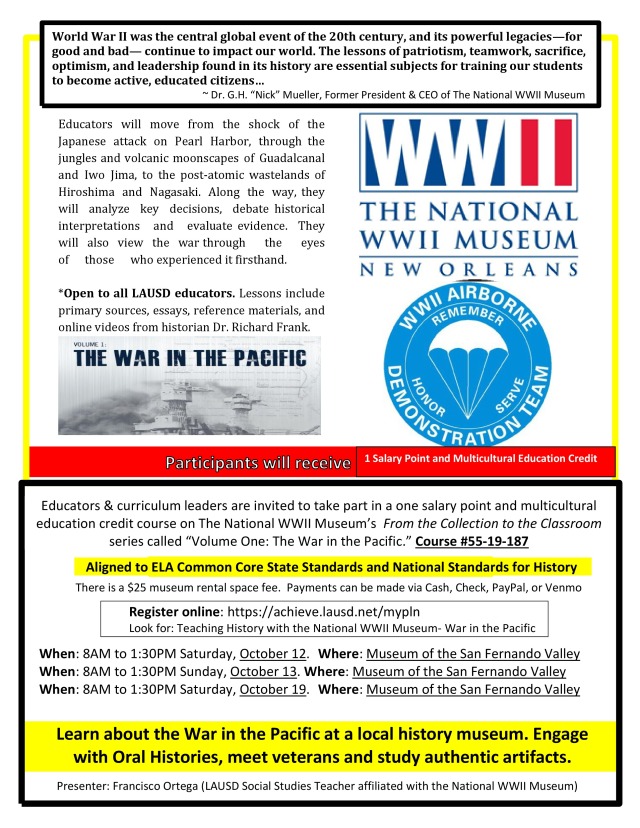
Salary Point Course Listings: https://achieve.lausd.net/Page/7568
LAUSD educators & curriculum leaders are invited to take part in the one salary point and multicultural credit course on The National WWII Museum’s From the Collection to the Classroom series called “Volume One: The War in the Pacific.” Course #55-19-187. See flyer.
*You can bring the $25 payment to the first day of class in the form of a check made out to Francisco Ortega or pay via Cash/PayPal/Venmo/etc.
When: 8AM-1:30PM Sat., October 13. Where: Museum of the San Fernando Valley
When: 11AM-4PM Sat. October 20. Where: Fort MacArthur Museum, San Pedro
When: 8AM-1:30PM Sat., October 27. Where: Museum of the San Fernando Valley
*Open to all LAUSD educators. Lessons include primary sources, essays, reference materials, and online videos from historian Dr. Richard Frank.
Aligned to ELA and History/Social Studies Common Core State Standards
There is a $25 fee to pay for use of museum space. Register online at: My PLN
Look for: Teaching History with the National WWII Museum
Questions? Email: frankylikestoteach@hotmail.com
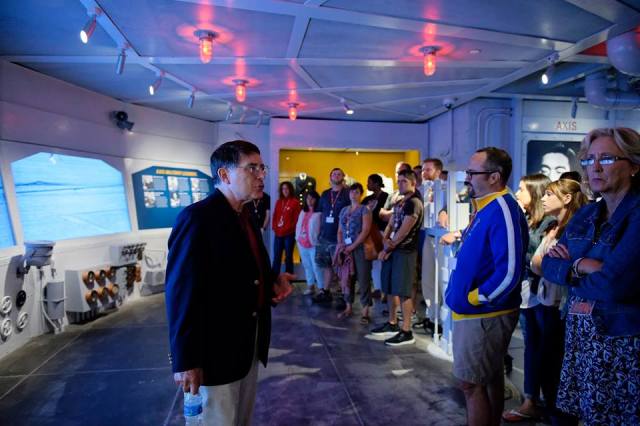
“World War II was the central global event of the 20th century, and its powerful legacies—for good and bad— continue to impact our world. The lessons of patriotism, teamwork, sacrifice, optimism, and leadership found in its history are essential subjects for training our students to become active, educated citizens…”
~ Dr. G.H. “Nick” Mueller, Former President & CEO of The National WWII Museum
https://www.nationalww2museum.org/students-teachers/educator-resources
Educators will move from the shock of the Japanese attack on Pearl Harbor, through the jungles and volcanic moonscapes of Guadalcanal and Iwo Jima, to the post-atomic wastelands of Hiroshima and Nagasaki. Along the way, they will analyze key decisions, debate historical interpretations and evaluate evidence. They will also view the war through the eyes of those who experienced it firsthand.
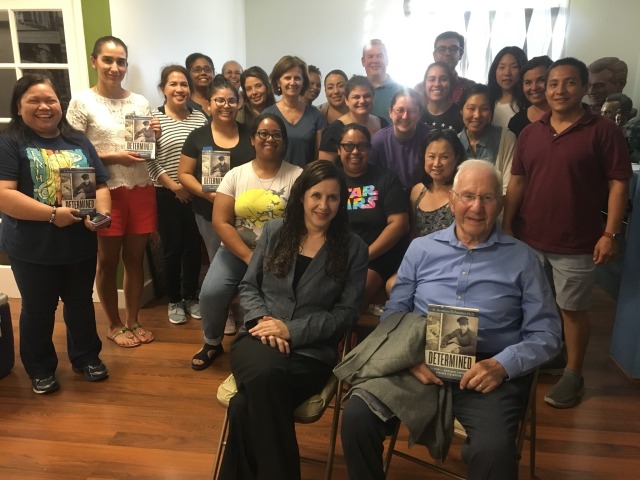
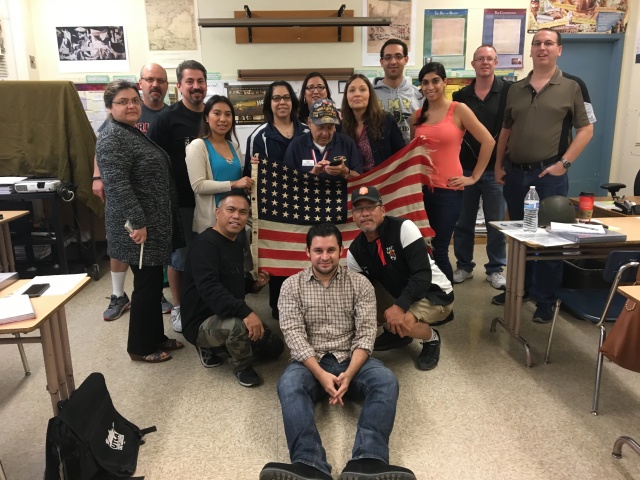
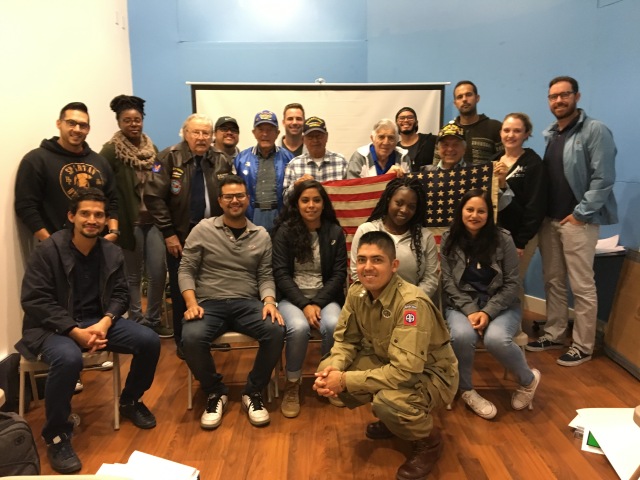
Lessons from: WW2Classroom.Org
Session I: 8AM-1:30PM Saturday, October 13. Museum of the San Fernando Valley
Pearl Harbor: Analyzing FDR’s Pearl Harbor Address
Students will analyze two drafts and an audio recording of President Franklin Delano Roosevelt’s “Day of Infamy” speech to Congress in order to explore how primary sources are created, and how there’s as much to learn from the process of writing as from the final result.
FDR and Pearl HarborSpecial Guest: Jay Wertz.
Strategic Decision-Making in the Pacific
Put your students in the driver’s seat of history with this lesson, which asks students to re-negotiate real-life tough choices from World War II in the Pacific. This method helps students understand history as being largely the result of a multitude of individual human decisions.
Evaluating the US Decision to Drop the Atomic Bombs
In this lesson, students learn that historians can reach very different conclusions about the same historical event, sometimes even using the same evidence.
Conducting an Oral History Interview
In partnership with the Wings Over Wendy’s veterans’ organization, we have WWII veterans discuss personal recollections of the war. It is the interviewer’s job to make the interviewee feel comfortable and to be a good listener. Remember that each interview session will be unique. Use the
Veteran’s History Project 2018. Make sure each interview lasts
at least 30 minutes.
WWII Lesson Plan – Japanese Relocation
WWII Reaction Paper
Immigration And Art CA version
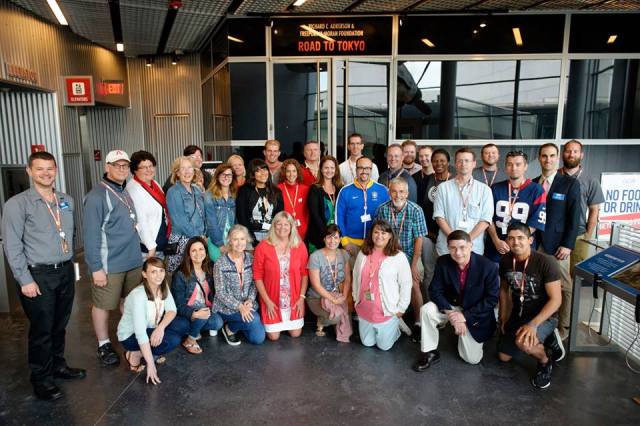
Session II: 11AM-4PM Saturday, October 20. Fort MacArthur Museum, San Pedro
Guided Lesson Plan on Fort MacArthur & the War in the Pacific: A Walking Tour
Essential Question: How is Fort MacArthur and the surrounding historic sites connected to the War in the Pacific and was it successful in helping the United States prepare and wage WWII? Lesson created by the instructor. Lesson Plan AND Evidence Collection Form
Race and War in the Pacific: A Propaganda Gallery Walk
Students analyze Japanese and American wartime propaganda to compare the combatants’ ideas about each other and evaluate propaganda as a source for historical research.
Pocket Guide to China: How to Spot a Jap(anese).
Picturing the War in the Pacific: A Visual Time Line
This lesson combines photo analysis with chronological reasoning skills, and also asks students to think deeply about how historians must select and prioritize historical events when writing about the past.
Selfless Service and Courage: A WWII Airborne Demonstration Team Presentation.
The WWII Airborne Demonstration Team will describe the extraordinary acts of courage carried out by the airborne and paratrooper individuals of WWII. They will relate how they perceive their current service to remember, honor, and serve the memories of veterans who selflessly served our country and how they might want want to be remembered. The instructor is a parachutist member of this organization.
Courage & Selfless Service- A WWII ADT Presentation. See:
WWII ADT Website. See:
WWII ADT Airshow Video.Instructor: Coastal Artillery Impression.
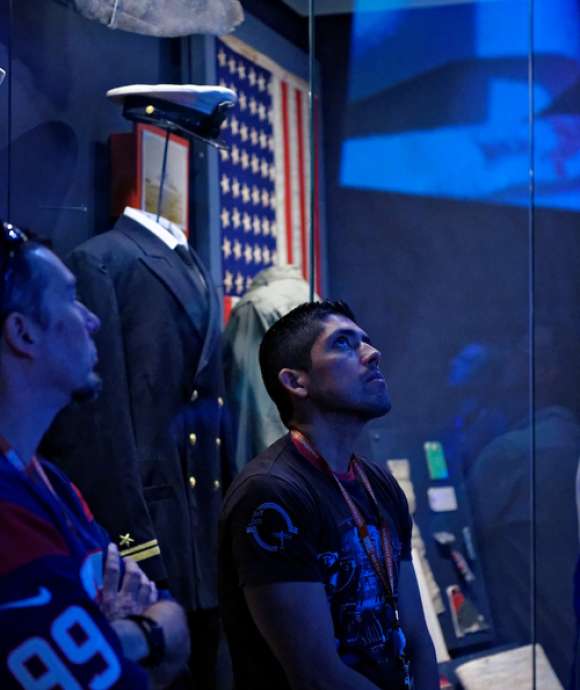
Session III: 8AM-1:30PM Saturday, October 27. Museum of the San Fernando Valley
Iwo Jima: The View from the Front Lines
Students examine different types of primary sources related to American military experiences during the Battle of Iwo Jima in order to draw conclusions about those experiences and evaluate the strengths and weaknesses of the different sources.
What it Means to be An American: A Multicultural Perspective on Tony Meza
Personal reflections on a visit to a War of the Pacific veteran, Master Sergeant Tony Meza, now 94 years old, who served in the Philippines during WWII. Among other great feats, Tony performed a battle jump in Luzon and helped in the liberation of the Los Banos internment camp to help defeat the Japanese.
Article on Tony.
World War II Comix: Using Formative Assessments to Analyze a Comic Book.
A comic book series was created by my friend Jay Wertz and will be joining us for this lesson. The corresponding formative assessment instructional strategy was created by Franky Ortega. Formative assessment classroom techniques (FACTs) are normally used by STEM teachers to incorporate instruction and assessment. These teaching techniques help educators learn and adapt to how students learn best. Lessons:
Analyzing World War II Comix AND
Using Formative Assessments to Analyze a Comic Book
Operation Footlocker: Traveling Artifacts Trunk.
From the instructor’s personal collection of authentic WWII artifacts comes an interactive lesson. There are ration books, V-mail letters, dog tags, wartime magazines, a high school yearbook from the early 1940s, and many other artifacts, both commonplace and surprising. Footlocker lesson includes use of white cotton gloves for handling the artifacts and a teacher’s manual that describes each object and contains directions for conducting artifact “reading” sessions at your local school site.
Footlocker Teacher Manual. See:
Operation Footlocker.
Instructor: Class A Impression.
Additional Resources:







